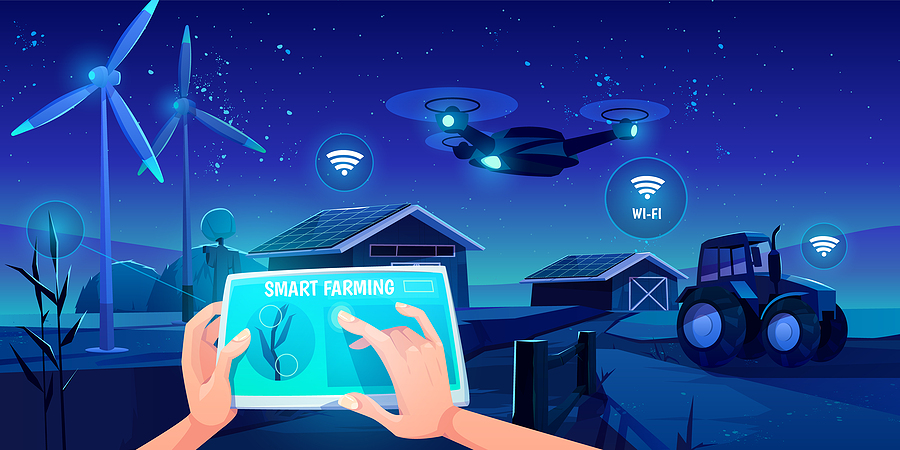
The future of smart machines: reflections from academia
By Professor Samia Nefti-Meziani, Salford University
Smart machines: essential infrastructure
With rapid technical advances and uptake of smart technologies across sectors, a cyber-physical future seems inevitable. How this future is shaped and defined, and by whom, is still in the balance.
COVID-19 revealed the gaps in our capability to deploy smart machines as part of the response and the urgency for real solutions. Remotely operated smart machines could have helped us respond to the pandemic, keep more of the economy going and recover faster.
Society needs better tools to support a sustainable future, with a new network of synthetic environments to build and fine-tune new technologies, to ensure they work in the real world and to reduce the time from their inception to deployment from years to months. Digital platforms and accessible, open-source software tools will empower SMEs, academics and the public sector to engage and benefit from these new solutions.
Collaboration was a recurring theme, with academic and industry partnerships essential to ensure we target the most pressing challenges and drive innovation in the sectors that need its solutions. As smart machines become more capable and cheaper, their adoption and development within the UK business ecosystem will broaden across sectors and applications.
‘Moonshot’ projects would drive technical advancements and additional capabilities would be created along the way. By opening up data and research outputs in projects as well, more solutions would emerge.
Public confidence
‘Taking the public with us’ is critical to mass adoption. Key will be:
- Involving the public in co-creating research and industry ambitions, to help them understand and engage with what RAS can offer
- Engaging with those who distrust RAS, to understand their concerns and gain their confidence
- Improving RAS education and lifelong learning, so those with interest and capability can be trained in RAS and directly involved in shaping their future.
The sector must ‘show its workings’ and be clear of the problems and challenges to prioritise. Ensuring standards and protocols are developed to protect the input of the public and the quality of the outputs is vital to buy-in in the long-term.
What next?
The Robotics Growth Partnership has an emerging vision of smart machines, developed in shared synthetic environments, bringing new solutions in agriculture, manufacturing, healthcare, logistics etc. To get there we will need new virtual and physical testing facilities and collaboration zones and serious commitment to bringing cyber and physical worlds together, ensuring privacy and security, but being accessible and attractive to researchers, businesses and the public.
Whilst much is still to be done, it is not a question of if smart machines will emerge, but when and whether the UK is a leader of that change and how to embed them for resilience, sustainability and prosperity. Please join with us to build the digital and physical infrastructure, technology components, people skills and public acceptance we need.
You can watch our first ThinkIn with Academia below: